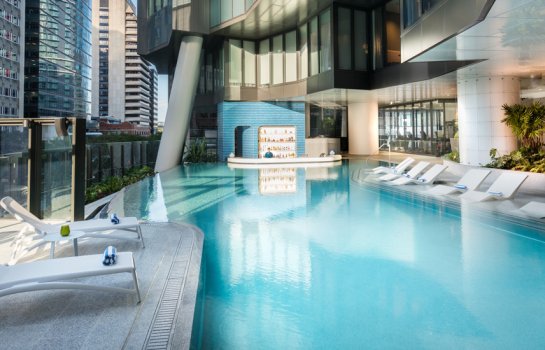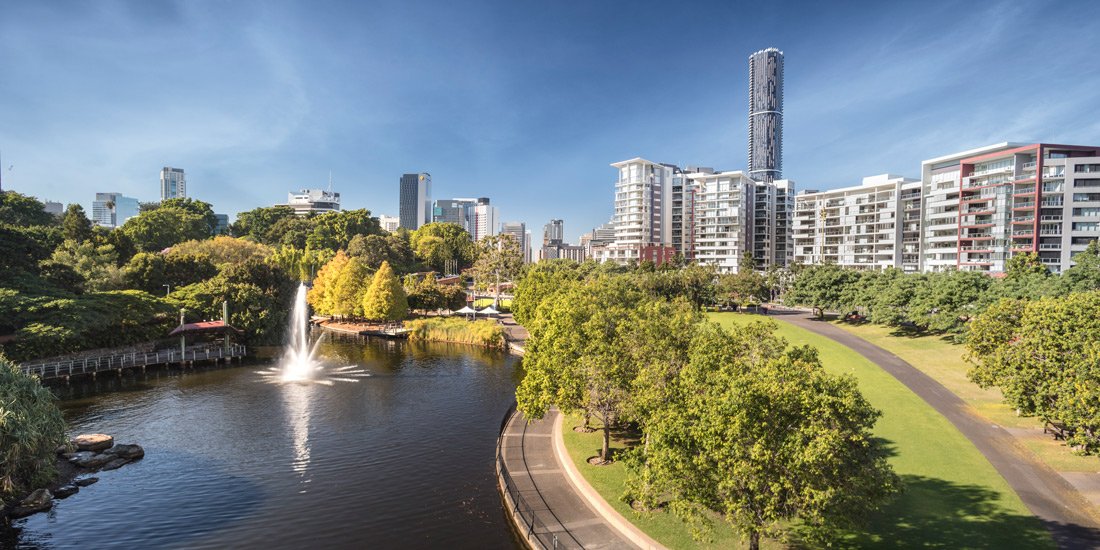
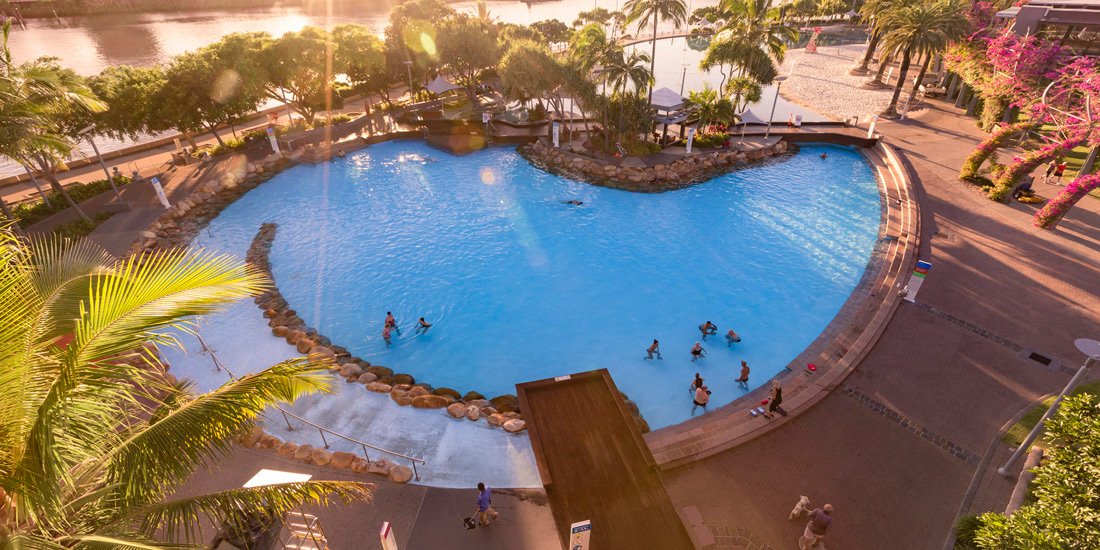

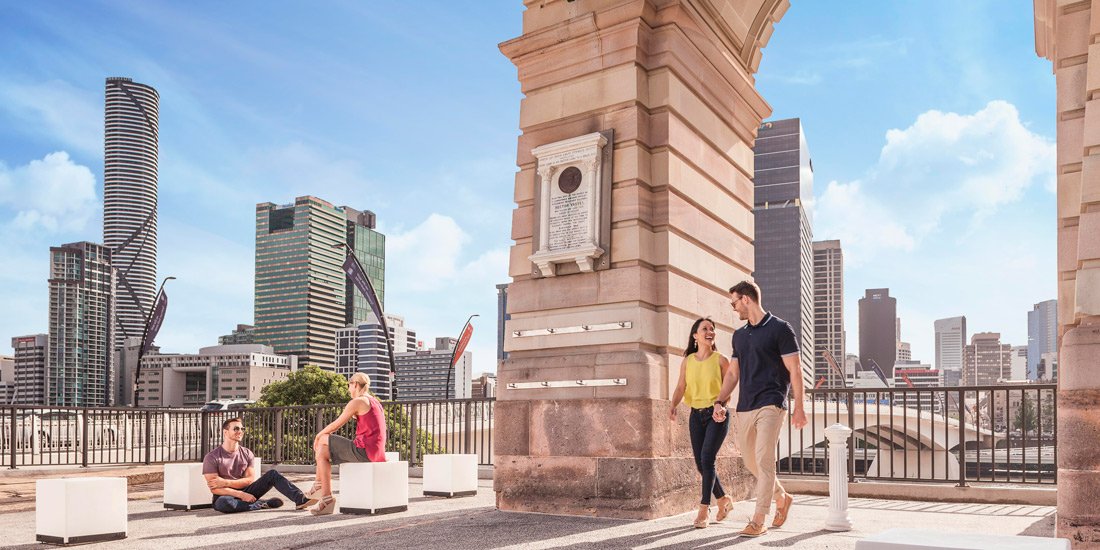
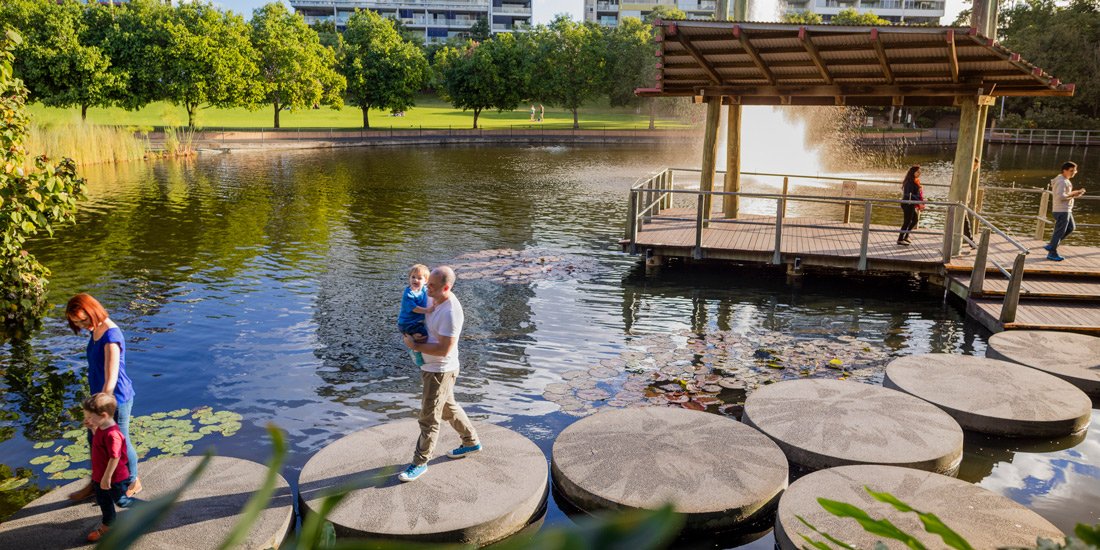
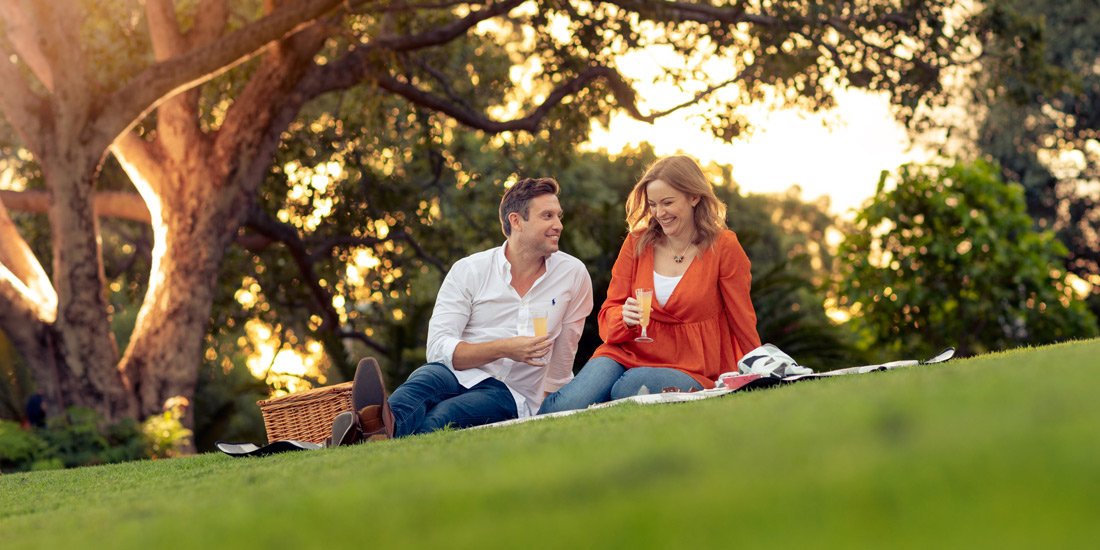
Fish that can walk on land and super-rare flowers – ten facts you didn’t know about South Bank Parklands and Roma Street Parkland
When it’s a perfect sunny day in Brisbane, there’s no better place to soak up the primo weather than at South Bank Parklands and Roma Street Parkland, two of the city’s premier parks. Nurtured by a dedicated team of staff and volunteers that work in the parklands year-round to keep it lush, safe and full of fun activities, there’s more than meets the eye at these tropical playgrounds. Here’s ten fun facts you didn’t know about South Bank Parklands and Roma Street Parkland …
South Bank Parklands
The newest greenspace has almost a football field worth of picnic spots
The Parklands’ newest greenspace, Riverside Green, opened to the public in January 2021 and has been a favourite locale amongst feasters and frolickers ever since. Much larger than River Quay, Riverside Green provides 6816-sqm of green space – that is equivalent to almost a football field of space that you can roll out a rug on!
There’s plenty of wildlife to spot – including super-cute possums
South Bank is a well-known home to ibis (or as we sometimes affectionally call them, bin chickens), but did you know that it also home to a huge bounty of other wildlife? Keen wildlife spotters can spot stone curlews, dusky moorhens, brush-tail possums and the eastern water dragon. You can also find eel-tailed catfish in the lagoon at Picnic Island – they feed on yabbies, shrimps and other marine organisms.
Culinary adventurers can try food made by ingredients grown in the precinct
If you consider yourself somewhat of a food lover (hey, who isn’t?), a visit to The Epicurious Garden in South Bank Parklands is a must. This jam-packed garden is tended to by a team of dedicated horticulturalists and and volunteers who plant a range of seasonal herbs, fruit and vegetables all year round. If you’re keen to taste-test the fresh produce, restaurants from River Quay Green use some of the produce grown in the Epicurious Garden to make their delicious meals. To take some samples home, you can visit The Harvest Cart, which is open Tuesday to Thursday and stocks plenty of fresh pickings from the garden.
You can visit a Memorial Park that features the first water fountain in Brisbane
Located on the fringe of the parklands, The South Brisbane Memorial Park opened in 1920 and pays tribute to those who were killed in conflicts including World War I and the Vietnam War. The newest memorial is the Jack Tar statue, which honours past and present naval personnel. Random trivia – the park also features the first water fountain in Brisbane!
Streets Beach holds enough water to fill five Olympic-sized swimming pools
An iconic South Bank location (everyone’s taken a dip at this swimmer’s paradise), Streets Beach is the perfect place to take the family when you’re looking to cool off at South Bank Parklands. Australia’s only inner-city, man-made beach boasts a sparkling blue lagoon surrounded by 4000 cubic metres of white sand. Eager swimmers are spoilt for choice on where they can take a float – there’s plenty of room at Streets Beach or at the two nearby aquatic spaces, the Boat Pool and Aquativity, an interactive water-play park for kids.
Roma Street Parkland
Roma Street Parkland makes all of its own soil
Yep, Roma Street Parkland is self-sufficient when it comes to soil! Collecting green waste onsite and from South Bank Parklands, as well as dehydrated food waste from the Brisbane Convention and Exhibition Centre and all of the horse manure from the Ekka, 450 tonnes of raw organic material is turned into 225 tonnes of pure gold (soil, that is). The park’s horticulturalists then create their own soil mixure according to what the different gardens require and voilá, that’s how the magic is made.
Roma Street Parkland’s lake is home to a protected species of fish that’s also considered a living fossil
The parkland lake is home a few different aquatic species, among them being the lungfish – a fish species that has both gills and lungs, which lets them survive out of water for up to several days. This slimy species can also live to be 100 years old and are considered the oldest living vertebrate on the planet. Alongside these crazy aquatic creatures you’ll find a host of other species including freshwater mullet, silver perch, pacific blue-eye, the flyspecked hardy-head and much more.
You can buy honey made by Roma Street Parkland’s bees
Roma Street Parkland is also home to a treasure chest of critters, so you’re likely to see a bunch of bees and butterflies buzzing around the air. There are three main types of bees in Australia – the European honey, Australian native and solitary bees – all of which can be found hanging around the pretty petals in the park. The Parkland’s honeybees and native hives are managed by qualified apiarists and, when harvested, produce an average of 150 kg of honey per year, with limited-edition batches of the sweet nectar available for sale (while supplies last) from The Hub.
The gardens contain a stinky flower that blooms once a year
The most unusual plant at Roma Street Parkland is undoubtedly the Amorphophallus Paeoniifolius, otherwise known as the elephant yam. Native to tropical Queensland, Northern Territory, New Guinea and India, these flowers are known for smelling like rotting flesh, which attracts lots of flies when they’re in bloom. The flower emerges in late spring and (thankfully for our noses) lasts for only two weeks, so if you want to check out this pungent flower for yourself, you have to be quick!
More than 800 Eastern Water Dragons call Roma Street Parkland home
Next time you’re visiting Roma Street Parkland, we dare you to try your hand counting all of the water dragons you come across, because hundreds call the park home! These adorable reptiles are cold-blooded, so you’ll often see them basking in the sun around parkland. Their most-loved hangout spot seems to be the floral-filled Spectacle Garden – and we’d tend to agree with them, it’s our favourite spot, too.

